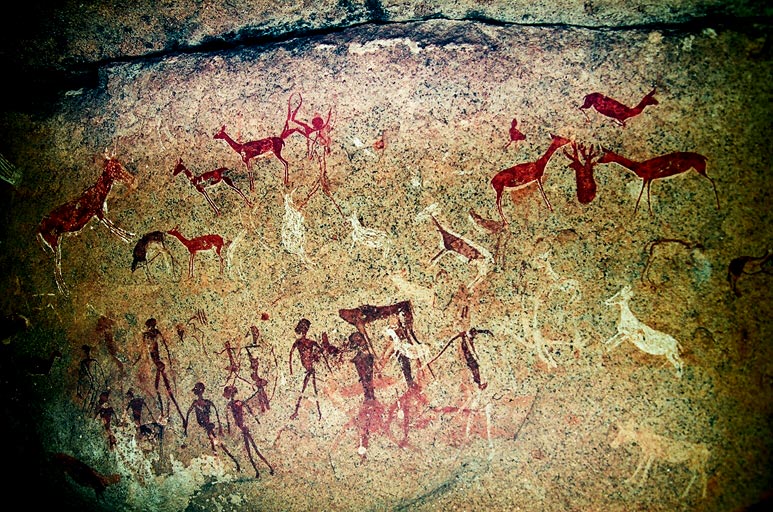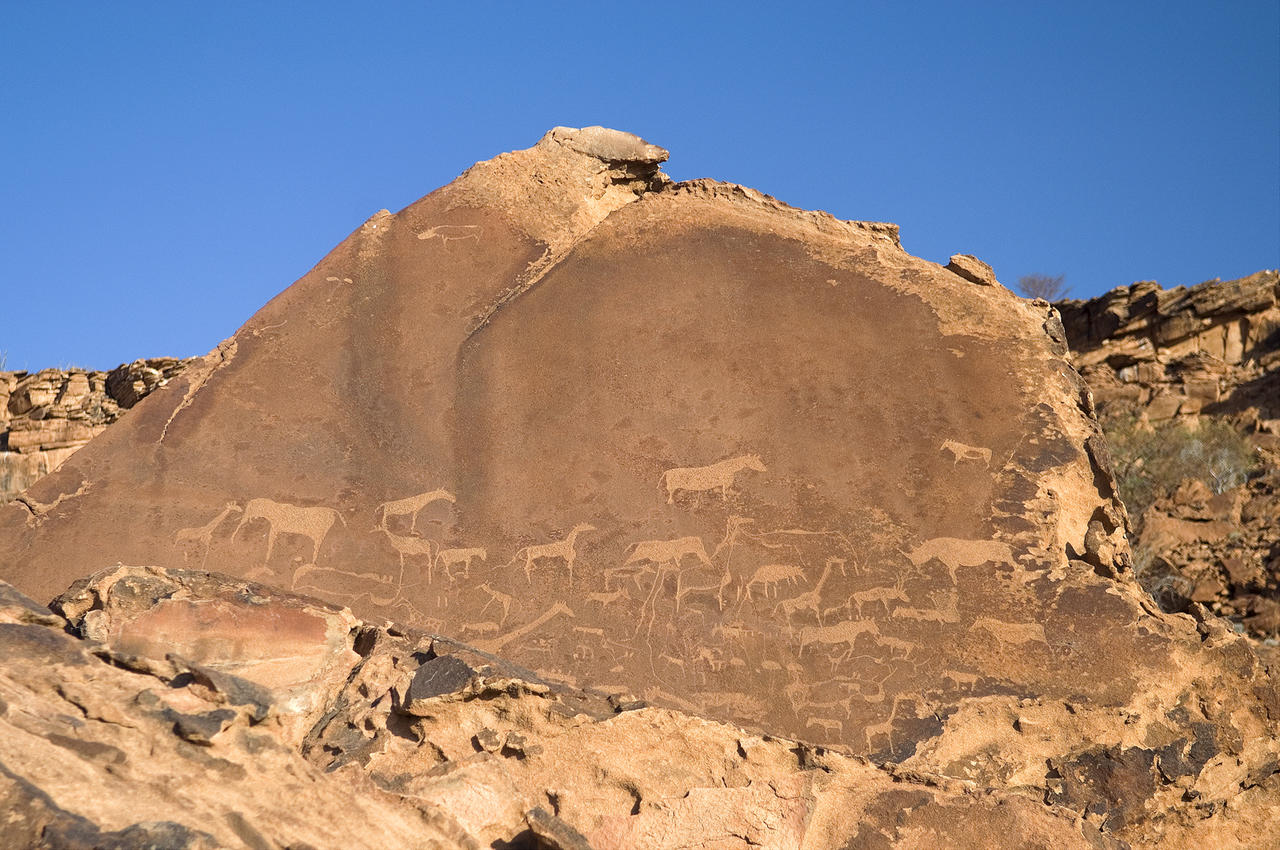Like any society, stories of folklores and myths are told to people to teach moral code and religious beliefs. It is the same for the Bushmen tales.
The stories and tales are usually told around campfires at night. The Bushmen are excellent storytellers making a tale sound exciting. Sometimes, they pause during the stories, not for dramatic affect, but for people to have a chance of thinking about the meaning in the stories being told. For outsiders, it may be difficult to understand the meaning of a story because it makes only little sense.
Stories can give us insight of the culture and beliefs. Here are some stories you can read to get a better appreaciation.
Lion, Jackel, and Wolf
The story why Gamm, the lion, wanted to kill the jackal, is a very old one. Like the first human being, Gamm had only a mouth. He came to live with the people on earth.
And the people said to one another: "Just look at lion.... He has only a mouth."
Jackal said: "Wait, I'll fix him."
Jackal took a red-hot bent axe, crept up to lion where he lay sleeping, and chopped him where the other place should be. Lion jumped high into the air. When he stood on his feet again he saw Jackal running away, and shouted: "You.... This is your last day!" And he bounded across the grass in pursuit of jackal. Only a small distance separated the two, and jackal plunged into an antbear hole.
Lion sent for Wolf.
"Go and fetch my assegai," he commanded, "I want to kill jackal in this hole."
Wolf went, but came back and said: "Uncle Lion... I cannot find your assegai."
Lion shouted: "You no-good fathead! Come and guard this hole, I will fetch the assegai myself"
Jackal heard all this.
When Lion was out of earshot he poked his head out of the hole. Wolf tried to grab him, but jackal opened his eyes wide and frightened Wolf.
Wolf shivered, moved his body and staggered to one side.
Jackal jumped past him and fled into the bush.
Lion returned with the assegai and asked: "Wolf, is jackal still here?"
Wolf was in such a state of nerves that he could hardly speak.
Lion spat, stuck his assegai down the hole, and stabbed about in the dark.
When the assegai told him that jackal was no longer in the hole he looked backwards through his hind legs.
But wolf was no longer behind him.
And Lion thought: "Wait; there is a sore spot on my body. My hind legs do not tread firmly when I run. I shall have to outwit Wolf in some other way."
Without pulling out the assegai or looking round, he said: "Brother wolf... this is a very deep hole. Let us go back and fetch a piece of fat biltong with which to entice Jackal."
They walked away and came to where a big omumborumbonga tree grew. There, on a scaffolding, they saw Xau leisurely tying all the fattest pieces of biltong together. Lion shouted: "Come down, you tramp!"
But Xau replied: "No thanks, it's nice up here."
Wolf plucked up courage and said: "King Lion... let us make a big fire. Then I'll climb up and push him down."
They made a big fire, but when wolf climbed up to Xau, it was he who was pushed down. And he fell right into the fire which he had made for another. And the lion turned him over and over with the assegai, and then he pulled him out of the fire and threw him on the ground.
Then he stamped his forefeet flat, threw him aside, and shouted.
"You stupid idiot, from now on your tracks will always lie on the by-paths!"
And to this day wolf's tracks are always to be found on the roads.
The Powerful Lion
'Once all the animals held a meeting. They wanted to make a plan with Lion. See, long ago, Lion could fly and come down to earth and kill poeple and animals.
'The animals waited until Lion came flying above their heads and pleaded with him.
"Big man," they said, "come back here, come back, come back..." And when the Lion came down to earth, the animals tore his wings off his body and said, "Go, go, go! Walk!"
'The animals mixed a pot of glue and cooked it on the fire. They wanted to see on whose back the wings fitted best. It was the Eagle that received the power of flight. And so they glued the wings on to his back. Eagle soared into the sky. He flew up and away.
Lion became furious and stormed at the animals. They ran so fast that Lion could not catch them. But poor Tortoise could not run so fast. While trying to get away, he knocked the pot of glue over and got stuck in it.
'Lion returned to the fire, grumbling and growling. He was so angry that he even tried to eat Frog at the rivers edge. He found Tortoise stuck in the glue and said, "Now I'm going to eat you!" And so the Lion ate the Tortoise'.
Is this why the tortoises still hide underneath their shells?
The Man Who Lost a Friend
"This story is about two friends who understood each other well. They hunted together, ate together and shared everything.
'One of the hunters- his name was Tjenga- went of into the bush by himself one day. He found the footprint of a large antelope. It was the eland, the most beautiful of all the antelopes.
'But Tjenga's family was hungry. They needed fat and meat. So the followed the footprints of the eland all the way through the bush. He reached a small mountain. And suddenly there it was: a large eland, eating grass in the veld. Tjenga silently aimed his poisoned arrow at the eland's heart. The arrow flew through the air. Then the hunter lay down in the bush and waited for the animal to die.
'After some time, he walked to the eland. But all at once the animal changed into a human being. The hunter was deeply frightened. His heart felt uncomfortable, for he did not want to kill a person.
'Tjenga walked to his best friend and said to him "I am in big trouble. I shot and eland but when I came close to inspect it, it became a person. Please you must help me so that we can bury it before all the people see that I killed a person."
'"Listen," said the other, "I am your only friend. We eat together and do everything with each other, but I am not your real blood family. I do not want to see this death with you, because I don't want to get into trouble".
'Tjenga walked to his family's place and told them what happened. Together they went to inspect the hunter's kill. When they got there the person became an eland again. The people saw that Tjenga had shot an eland. They said to him "This is not a person you have killed. This is an animal. This is meat. Why do you think it is a person?"
The hunter and the family cut up the eland and carried it home. They made a fire and roasted the meat. It smelled very good. While the smell was in the wind, Tjenga's friend sent his son to him. "My father asked me to tell you that we do not have any meat to eat at home. Will you give us a piece of meat?"
'"No," replied Tjenga. "Tell your father that since he did not want to help me in my trouble, we are not friends any more. He must now go on his own and I will be on my own with my family."'
_fs.jpg)

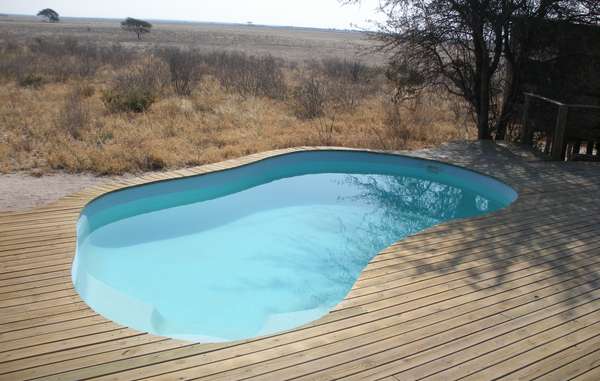
_fs.jpg)


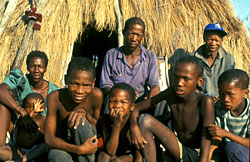

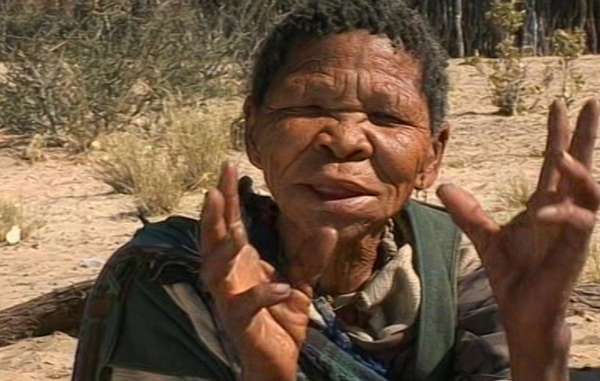
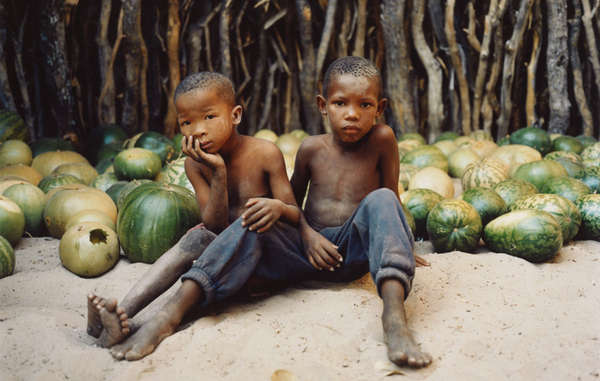
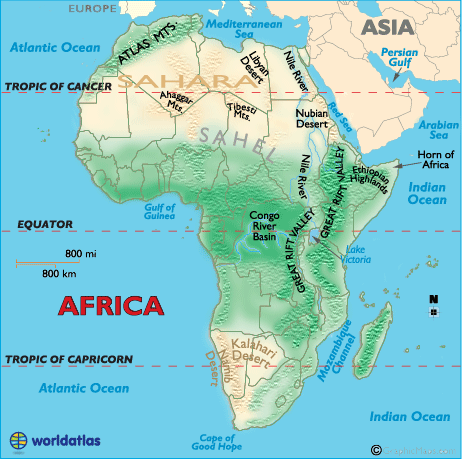

toursa.jpg) aardwolf
aardwolf a_barnett-harris.jpg) Antbear
Antbear c_du_plessis.jpg) Wildebeest
Wildebeest  Kori bustard
Kori bustard  Pygmy Falcon
Pygmy Falcon



